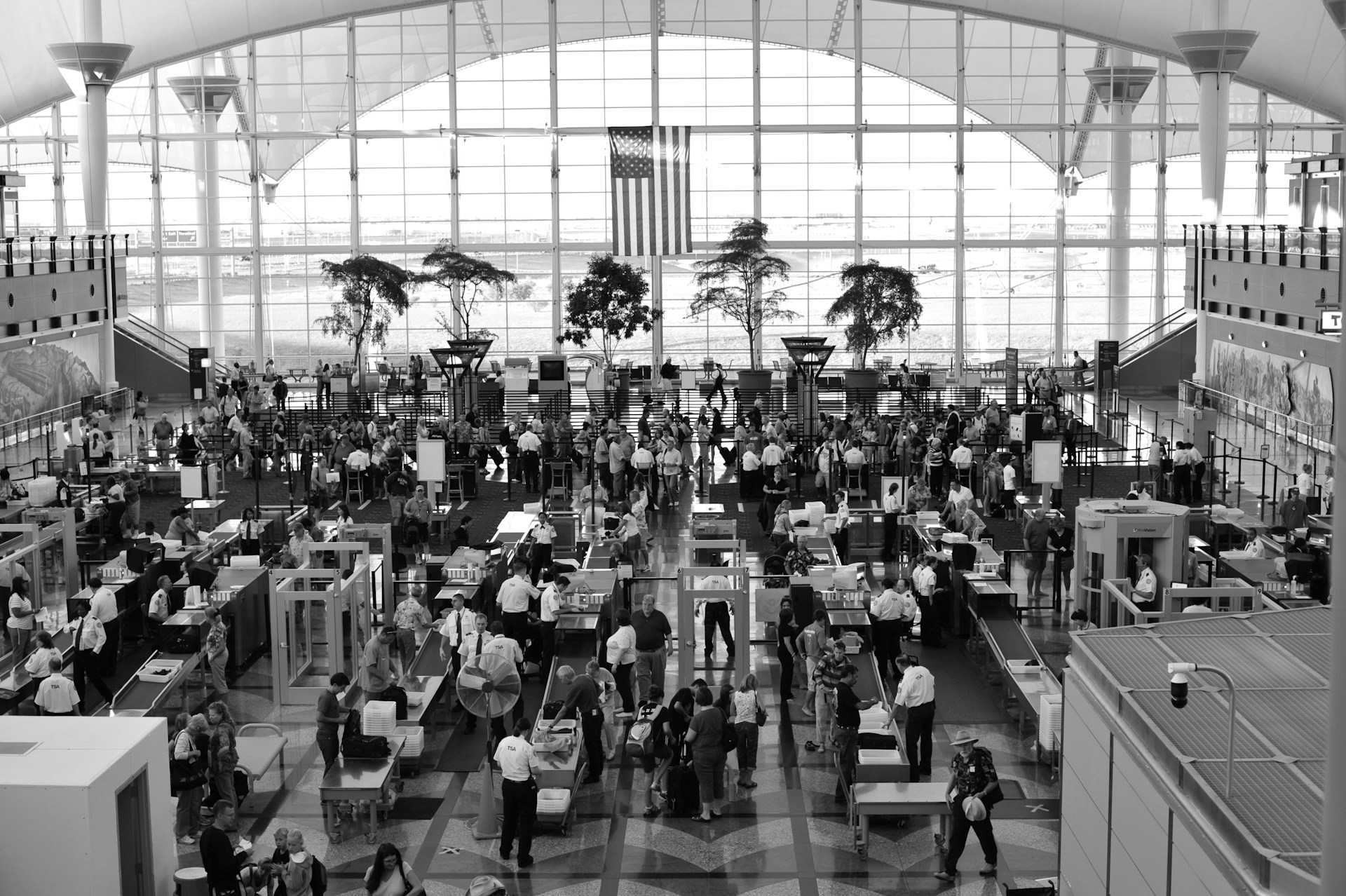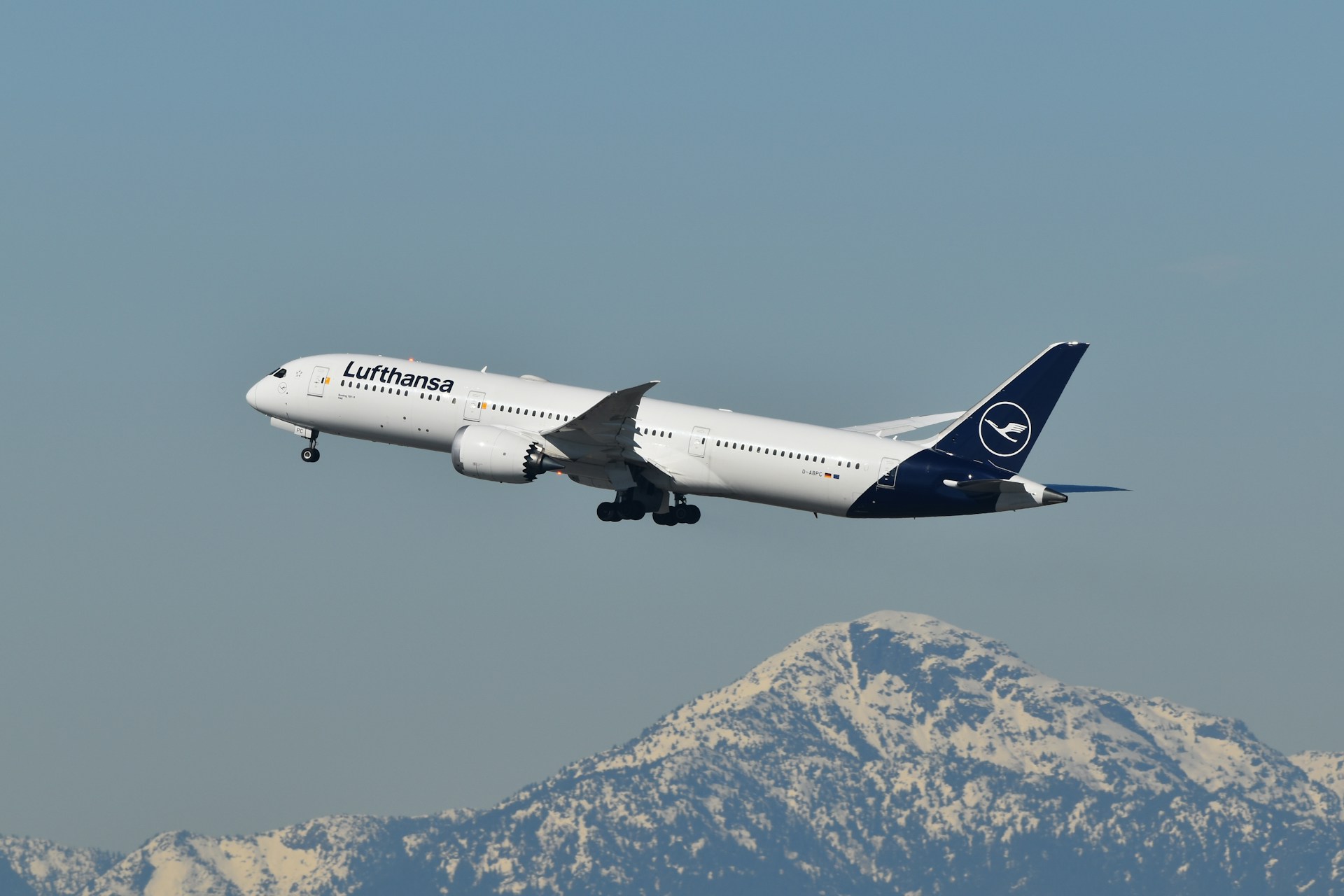Tampa Airport Customs Officers Discover Human Bones in Passenger Luggage
Key Takeaways
- Customs officers at Tampa International Airport intercepted human bones concealed in a passenger’s luggage during a routine screening.
- The discovery highlights the critical role of airport security in preventing illegal trafficking and protecting public safety.
- Advanced screening technologies and alert customs staff remain essential tools in detecting unusual or prohibited items.
- The incident underscores ongoing challenges in international aviation security and the need for stricter travel documentation compliance.
- Authorities have launched an investigation into the origins and intended destination of the bones, emphasizing the legal consequences of transporting human remains improperly.
Discovery Highlights Strength of Airport Screening
In a recent incident at Tampa International Airport (TPA), customs officers uncovered human bones hidden inside a traveler’s luggage. The discovery occurred during standard inspection procedures, underscoring the importance of robust airport security systems in identifying contraband and prohibited materials.
Customs and Border Protection (CBP) officials confirmed that the bones were detected during luggage screening using advanced imaging and inspection technologies. The traveler’s items were flagged for additional examination, leading officers to discover remains that were later confirmed to be human.
The intercepted materials have since been seized by authorities for forensic analysis, and the passenger involved is under investigation.
Layers of Security: How Customs Detects the Unusual
Modern airport security relies on multi-layered detection protocols that combine sophisticated scanning systems with experienced human oversight. Officers at Tampa International are trained not only to spot typical contraband—such as narcotics, weapons, or counterfeit goods—but also unusual biological materials or cultural artifacts that may violate international laws.
According to CBP, incidents involving biological remains are rare but not unprecedented. Transporting such materials without appropriate documentation can breach U.S. federal regulations, including laws governing the import and export of human remains, cultural artifacts, and biohazardous materials.
Legal and Health Implications
Transporting human bones or remains through commercial aviation requires strict documentation and regulatory compliance. In most cases, this includes proof of origin, a death certificate, and transport permits that ensure the material is handled according to international health and cultural property standards.
Attempting to transport such items without authorization can result in serious legal penalties, including confiscation, fines, or criminal charges under customs and trafficking laws. In some instances, improper handling of human remains may also pose public health risks if the materials are not properly sanitized or packaged.
The Tampa case underscores how customs agencies act as the first line of defense against illegal trafficking, ensuring compliance with both national and international law.
A Broader Pattern of Smuggling and Security Enforcement
While rare, discoveries of human remains or cultural artifacts at airports are part of a larger pattern of smuggling enforcement. CBP officers routinely intercept artifacts, endangered wildlife products, and bio-materials entering or leaving the United States.
Such discoveries highlight how commercial air travel continues to be exploited by traffickers attempting to move restricted or illegal goods across borders. Incidents like the one at Tampa International reinforce the need for traveler awareness about what items can legally be transported.
Airport authorities also use these cases to refine security protocols and strengthen cooperation with international law enforcement agencies.
FAQs
What happens when customs finds human bones in luggage?
Customs officers immediately detain the passenger, secure the luggage, and notify federal investigators. The remains are analyzed to determine their origin and legality, and the traveler may face criminal charges.
Can human remains be transported legally through airports?
Yes. Transporting human remains is legal if travelers have appropriate documentation, including official death certificates, import/export permits, and airline pre-approval.
How often do customs officers find human bones or remains?
Such discoveries are rare but not unheard of. They often involve undeclared cultural artifacts, archaeological specimens, or improperly transported remains.
What are the penalties for trafficking human remains or artifacts?
Penalties vary but can include fines, imprisonment, and permanent travel bans depending on the severity and intent of the violation.
How can travelers avoid legal trouble when carrying unusual items?
Passengers should always declare items at customs and confirm in advance whether the object is legally transportable. When in doubt, consult CBP or the airline before traveling.
✈️ Bottom Line:
The seizure of human bones at Tampa International Airport highlights both the effectiveness of U.S. airport security and the ongoing global challenge of illegal trafficking through commercial aviation. As airports continue to strengthen screening technology and training, passenger education remains key to preventing incidents that blur the line between curiosity, crime, and cultural sensitivity.
.zip%20-%201.PNG)



